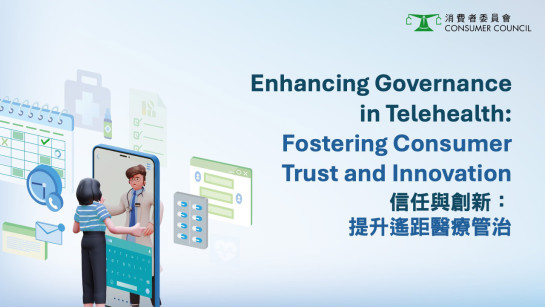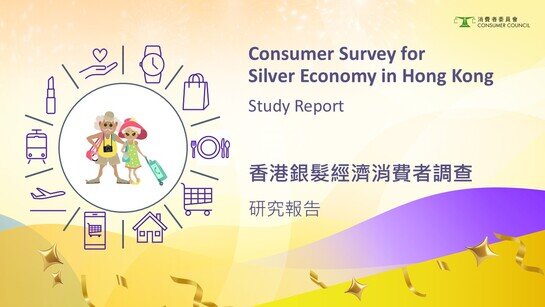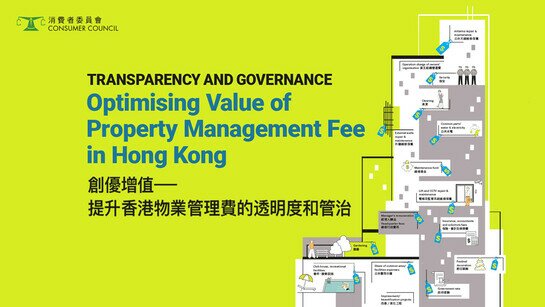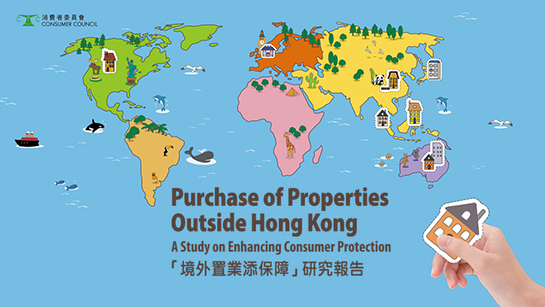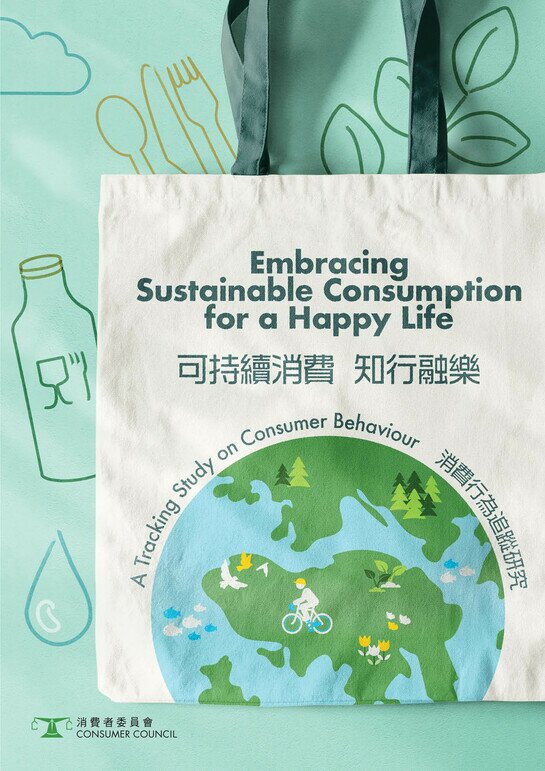Executive Summary
- This paper reports the findings of the Council's study into market practices in the textbook industry. The study was conducted in response to a request expressed by the LegCo Panel on Education, regarding an allegation of a standard discount rate for the sale of textbooks, and the impact on parents of exorbitant textbook prices. During the course of the study, an additional allegation was made that publishers' donations of teaching equipment or other gifts to schools also impacted on the price of school textbooks. This practice has also been examined in the study.
- The Council's inquiries indicated that there was in fact an implicit standard discount rate in existence which has some effect on pricing in the textbook retail market. 1 Accordingly, the Council has recommended that the attention of the Educational Booksellers' Association (and any other associations involved in the industry) should be drawn to the Government's May 1998 Statement on Competition Policy. That statement called on all businesses to cease existing, and refrain from introducing, restrictive practices that impair economic efficiency or free trade. In this regard, practices such as "setting retail price minimums for products or services where there are no ready substitutes" and "price-fixing intended to distort the normal operation of the market" were identified as conduct that should be examined. The Council has also recommended that the Educational Booksellers' Association should be requested to ensure that there is no agreed discount rate amongst its member bookstores.
- Information was also collected in regard to the allegations that publishers attempt to influence the textbook selection process by offering incentives such as providing complimentary teaching aids and other gifts to schools. 2 The Council's inquiries indicated that the majority of publishers and nearly all school respondents stated that it was common practice for publishers to provide such incentives. 100% of primary school and 98% of secondary school surveyed claimed that they have been offered and received complimentary teaching manuals and desk copies of textbooks. About 38% of the publishers surveyed claimed that the incentives were offered voluntarily by them, 73% of publishers claimed that they were responding to school requests only (which included some of those claiming the incentives were offered voluntarily). Three separate categories were identified.
- The first category was regarded as a package directly linked with the use of textbooks, e.g. teacher manuals, and computer software that assist in the use of particular textbooks. The second category, were those items that they are not absolutely essential to students and not necessarily used in conjunction with textbooks, e.g. cassette players, compact disc players, computers, and wall charts that have general educational use. The last category took the form of sponsorships or donations to schools which are not directly related to the use of textbooks, e.g. scholarships, school magazine advertisements, prizes and funding for school functions.
- The Council considers that the value of certain teaching aids cannot be arbitrarily dismissed. Ultimately, it is a matter for the school to decide whether the offer supports the primary responsibility of schools, which is to educate students to the best possible standard. However, it has to be recognised that the costs of teaching aids, in addition to other forms of assistance would in some way eventually be passed on to the final prices paid by students and their parents for textbooks.
- In view of this cost concern, the Council sought the view of schools. In particular, it sought views on the separation of textbooks from teaching aids in the first category of incentives. Only 22% of primary school respondents and 42% of secondary school respondents concurred with the idea. The primary concern of the majority was the financial constraint of bearing that additional cost and the fact that schools would need to look for extra resources to purchase the items if they were supplied separately. About 68% of primary school respondents and 87% of secondary school respondents complained of insufficient funding. Most schools felt it was the responsibility of publishers to provide the items and that if schools had to bear the costs themselves, the inability to afford them might adversely affect the quality of instruction.
- From the perspective of publishers, there was a view that they might no longer have an incentive to produce manuals associated with textbooks in particular, as stand-alone items, if they were to be separated from the textbooks. The reason is that the higher cost of supply through increased marketing activities and low volume, would mean that the prices schools had to pay for them would be higher than if the cost was subsumed into the cost of the textbook.
- The Council is of the view that to resolve this issue it may be worthwhile for the Education Department to study the costs of, and the utility of various teaching aids. This would provide a basis for school management and the Government to gauge how much the provision of teaching aids adds to the cost of textbooks. It would also indicated the extra resources required if the provision of teaching aids was separated from the supply of textbooks and schools or teachers had to produce them, rather than rely on publishers; and the extent to which the provision of teaching aids facilitates the teaching of students.
- As to the other items such as equipment, gifts or sponsorships that are provided by publishers, this raises a concern as to the effect the practices have on new entrants, or on existing publishers that have to make counter offers when competing for supply of textbooks to schools. The practice of offering sponsorships or incentives could be viewed as a legitimate cost of marketing school textbooks.
- However, ethical considerations apart, problems can arise for competitors in the market where the extent and the nature of sponsorships or incentives are not immediately transparent. Where there is no transparency in terms of what form the provision of sponsorships or incentives takes, the practice would impair contestability due to the hidden nature of this cost of entry. Potential suppliers would be unaware of the range of items, in addition to textbooks, for which they were actually competing to supply.
- Accordingly, the Council has recommended that:
- The Education Department, the ICAC and schools should devise guidelines that differentiate between essential teaching aids and equipment, as well as sponsorship and donations, and set out an acceptable limit that schools can accept.
- Teaching aids that do not come as a package, and other items of teaching equipment should be treated as separate items from textbooks. If they are unpaid, the schools should record these items as donations in a public inventory of donations. Alternatively, publishers could issue invoices for them as individual items.
- The Education Department should undertake a study into the costs of, and the utility of various teaching aids. This is to gauge how much the provision of teaching aids adds to the cost of textbooks and what extra resources would be required if the provision of teaching aids was separated from the supply of textbooks.
- In addition, the Education Department should be requested to add the following provisions to their guidelines:
- Schools should record in a public inventory of donations, which is made available for inspection on request to the public, any incentives received from suppliers in the form of goods or services such as teaching aids, equipment, sponsorship or other donations.
- Acceptance of complimentary textbooks should be confined to teachers' desk copies as this would add costs to textbooks. Schools are encouraged to record additional complimentary copies in the public inventory of donations.
Notes:
1. On 13th August 1998, the Council randomly surveyed 50 booksellers and 32 of them responded.
2. On 13th August 1998, the Council surveyed 80 textbook publishers and 34 of them responded. On 4th September 1998, we randomly surveyed 50 primary schools and 58 secondary schools, respectively 37 and 49 of them responded.




